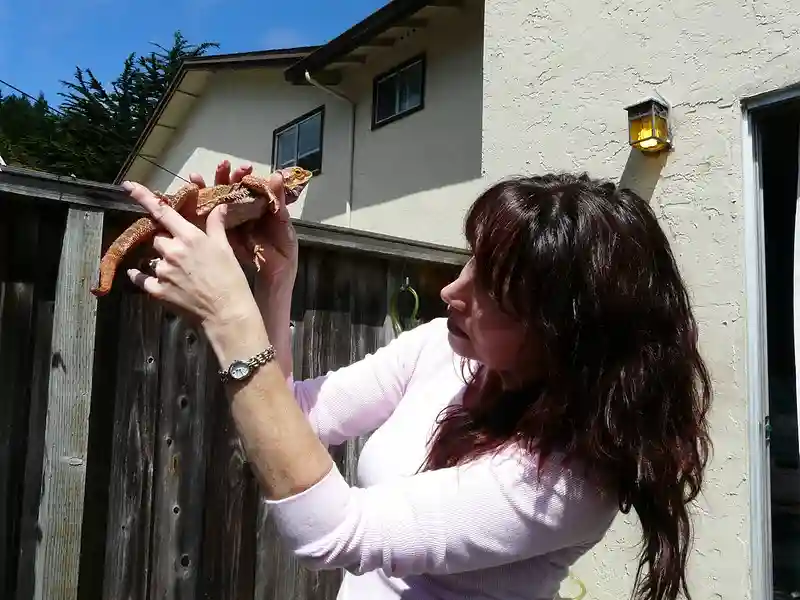Yes, bearded dragons will move away from an area that is too hot to regulate their body temperature.
They can become too hot if the tank temperatures increase and they have nowhere else to hide and cool their bodies. Bearded dragons will display certain behaviors when they are too hot, such as gaping (opening their mouths to release excess heat), digging, glass surfing, or hiding in cooler spots.
It is essential for owners to monitor their bearded dragon’s behavior and habitat temperatures, using thermometers and thermostats to ensure a safe and comfortable environment.
Thermoregulation in Bearded Dragons: Staying Cool and Comfortable
The short answer is yes, a bearded dragon will move if it gets too hot. In fact, they will actively seek out cooler areas in their enclosure to regulate their body temperature. This behavior is known as thermoregulation.
Thermoregulation is the process by which an animal regulates its body temperature. Bearded dragons are ectothermic, which means that they rely on external sources of heat to warm their bodies. They also rely on external sources of cooling to lower their body temperature.
When a bearded dragon gets too hot, it will move to a cooler area in its enclosure, such as a shaded spot or a hide. It may also open its mouth and pant to release excess heat. These behaviors are natural and necessary for the bearded dragon to maintain a healthy body temperature.
Recognizing Overheating Signs in Bearded Dragons
Bearded dragons are generally adept at managing their body temperature. However, it’s vital for keepers to recognize the signs of overheating in their pets to ensure they can intervene if necessary. Some signs that your bearded dragon may be too hot include:
- Open-mouth breathing: This behavior, also known as gaping, is a bearded dragon’s way of releasing excess heat from its body.
- Restlessness: If a bearded dragon is too hot, it may become agitated and move around its enclosure more than usual.
- Seeking shade: A bearded dragon may retreat to a cooler area of its enclosure or hide if it is feeling too hot.
Providing a Proper Temperature Gradient in a Bearded Dragon Enclosure
To prevent overheating and encourage healthy thermoregulation, it’s essential to provide a temperature gradient within your bearded dragon’s enclosure. This can be achieved by setting up a basking area with a heat lamp at one end and a cooler zone at the opposite end.
The basking area should have a temperature of approximately 95-110°F (35-43°C) during the day, while the cooler end should be around 75-85°F (24-29°C). Nighttime temperatures can drop to 65-75°F (18-24°C).
This temperature gradient allows your bearded dragon to move freely between warmer and cooler areas, giving them the ability to regulate their body temperature effectively.
How to Ensure Your Bearded Dragon Moves When It Gets Too Hot?
If you’ve provided an appropriate temperature gradient in your bearded dragon’s enclosure and have noticed that they are still overheating, there are several steps you can take to encourage them to move to cooler areas:
- Ensure ample hiding spots: Provide your bearded dragon with various hiding spots in the cooler end of their enclosure. This will encourage them to seek refuge from the heat when necessary.
- Monitor temperatures closely: Regularly check the temperature in different areas of the enclosure using a high-quality digital thermometer. Adjust the heat lamp as needed to maintain the ideal temperature gradient.
- Observe your bearded dragon’s behavior: Keep a close eye on your bearded dragon’s behavior, looking for signs of overheating. If you notice any concerning symptoms, adjust the enclosure’s temperature accordingly.
- Gradual temperature adjustments: If you need to make changes to the enclosure’s temperature, do so gradually. This will help your bearded dragon acclimate to the new temperatures and encourage them to move when it gets too hot.



![Bearded dragon [ Pogona ] - male](https://live.staticflickr.com/3902/14974970811_be491858c9.jpg)

Leave a Reply